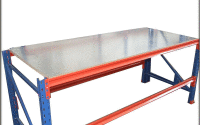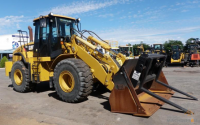What Makes Backing Rods the Ideal Sealant in Construction Applications
In the intricate tapestry of construction, where precision and durability are paramount, the choice of sealants plays a pivotal role in ensuring the longevity and structural integrity of a project. Among the diverse array of sealing materials, backing rods have emerged as a versatile and indispensable component in the construction toolkit. This article explores the unique attributes that make backing rods the ideal sealant in a variety of construction applications.
Understanding Backing Rods
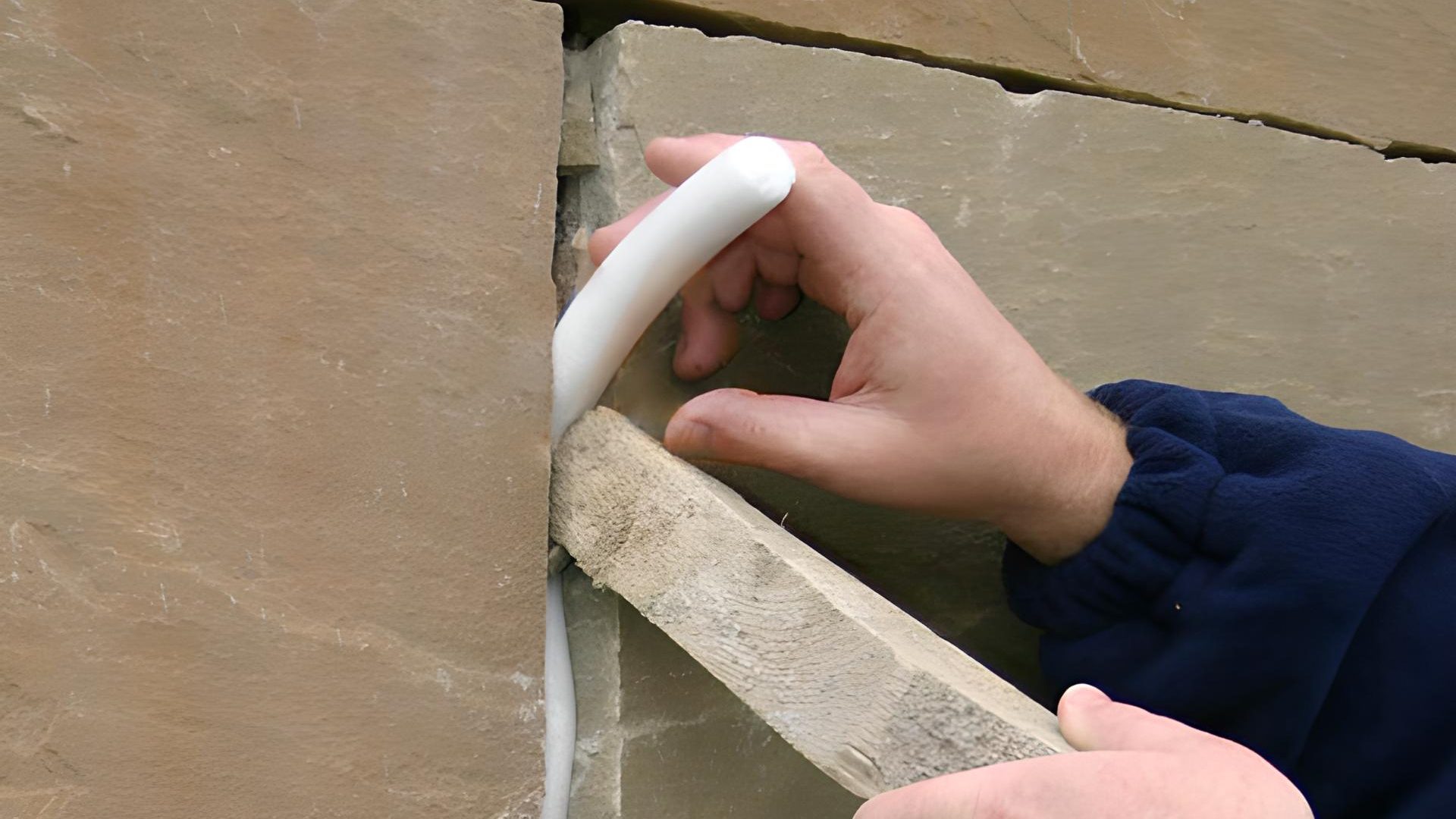
Backing rods, also known as backer rods or bond-breaking tapes, are flexible foam strips designed to provide support and act as a backing material for various sealants. Typically made from materials like closed-cell polyethylene or open-cell polyurethane, these rods come in a range of diameters to accommodate different joint sizes. Their primary function is to support the sealant and prevent it from adhering to the back of the joint, ensuring proper sealant application and improving overall performance.
Flexibility and Conformity
One of the standout features of backing rods is their flexibility and ability to conform to the shape of joints and gaps. Whether dealing with irregular surfaces, expansion joints, or varying joint widths, backing rods provide a reliable solution. Their pliability allows them to adapt seamlessly to the contours of the joint, creating a consistent and effective barrier against moisture, air, and other environmental elements.
Compression and Expansion Properties
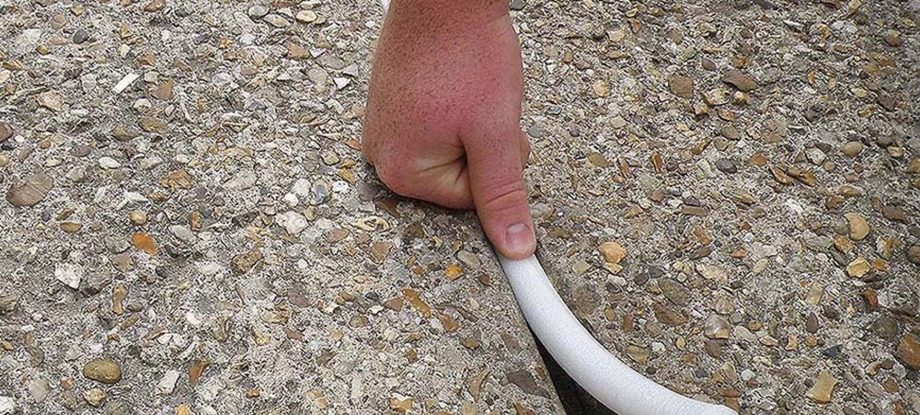
Backing rods are engineered to withstand compression and expansion, making them ideal for dynamic construction environments. In joints that experience movement due to temperature variations, settling, or structural shifts, backing rods provide a compressible buffer. This ability to absorb movement helps prevent the sealant from cracking or pulling away, ensuring a resilient and enduring seal over time.
Improved Sealant Performance
The synergy between backing rods and sealants is crucial for achieving optimal performance. Backing rods act as a bond breaker, preventing the sealant from adhering to the joint’s back. This separation is key to the proper functioning of the sealant, allowing it to maintain flexibility and movement without compromising its adhesion to the sides of the joint. The result is a more effective seal that can accommodate joint expansion and contraction while resisting water infiltration and air leakage.
Cost-Effective Solution
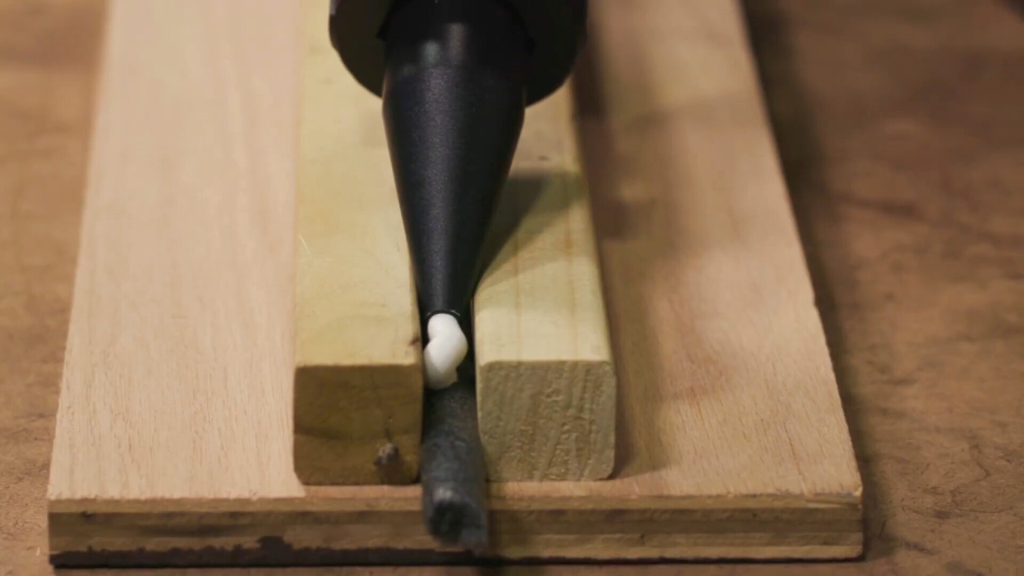
In the realm of construction, efficiency and cost-effectiveness are integral considerations. Backing rods offer a budget-friendly solution to sealant applications. By providing the necessary support and ensuring proper sealant usage, backing rods contribute to reducing material waste and labor costs. Their versatility and compatibility with various sealant types make them a cost-effective choice for contractors and builders seeking high-performance solutions without breaking the bank.
Versatility Across Applications
Backing rods find application across a broad spectrum of construction scenarios, making them a versatile asset in the builder’s toolkit. Some common applications include:
Expansion Joints
Backing rods are widely used in expansion joints, where structures need to accommodate movement caused by temperature fluctuations or settling. The rods provide support for the sealant, preventing it from adhering to the joint’s back and facilitating optimal joint performance.
Window and Door Installations
In the installation of windows and doors, backing rods play a vital role in creating a weather-tight seal. They fill gaps and joints, preventing drafts, water leaks, and air infiltration. The flexibility of backing rods ensures a snug fit in various joint configurations.
Concrete and Masonry Joints
In concrete and masonry applications, where joints are susceptible to cracking and water penetration, backing rods act as a barrier, enhancing the sealant’s ability to resist environmental elements. The compressibility of the rods accommodates movement, contributing to the longevity of the seal.
Curtain Wall Systems
Curtain wall systems require meticulous attention to detail to ensure they remain airtight and watertight. Backing rods assist in this process by providing structural support to the sealant, creating a robust barrier against the elements.
Environmental Resistance
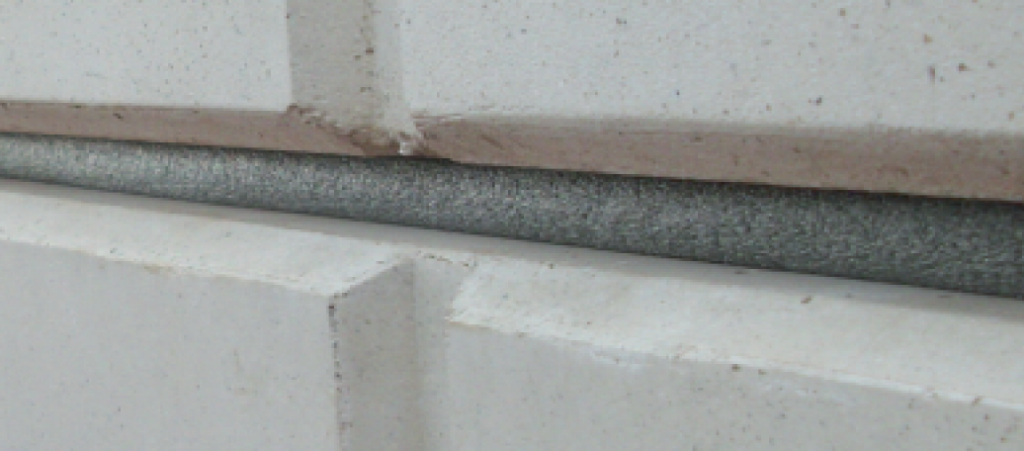
Construction projects often face the challenge of exposure to harsh environmental conditions. Backing rods, made from materials resistant to moisture, chemicals, and UV radiation, provide a reliable defence against degradation. This resilience ensures that the backing rods maintain their structural integrity over time, contributing to the overall longevity and effectiveness of the sealed joints.
Ease of Installation
The practicality of backing rods extends to their ease of installation. Their flexibility allows for quick and straightforward insertion into joints and gaps, reducing installation time and labour costs. The simplicity of the installation process makes backing rods an accessible choice for construction professionals of varying skill levels.
Compatibility with Sealants
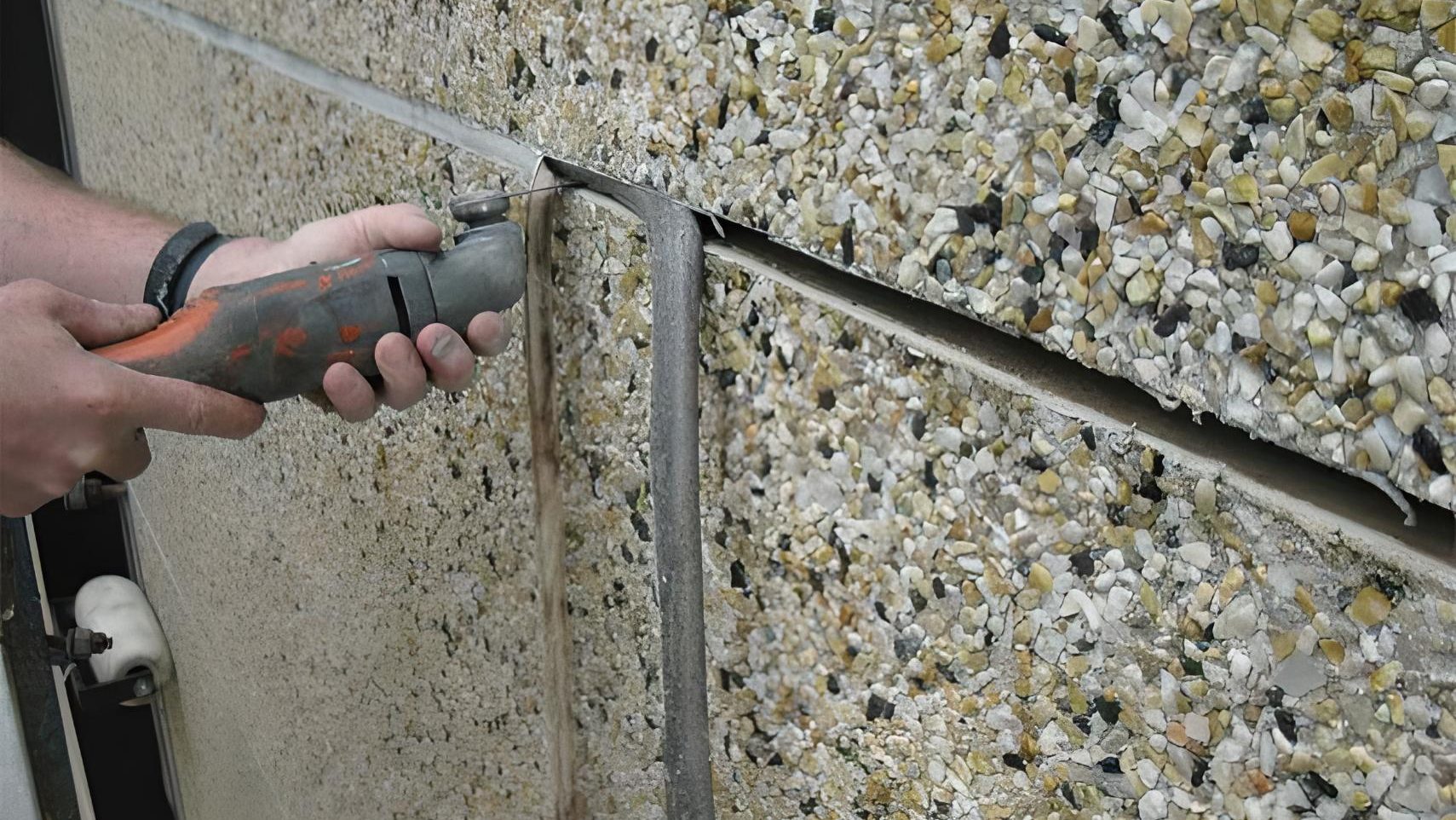
The effectiveness of backing rods hinges on their compatibility with various sealant types. Whether using silicone, polyurethane, or other sealant formulations, backing rods enhance the performance of the chosen sealant by providing the necessary support and ensuring optimal joint design. This compatibility factor makes backing rods a versatile and universally applicable component in construction projects.
Conclusion
In the ever-evolving landscape of construction materials, backing rods stand out as unsung heroes, quietly contributing to the success and longevity of diverse projects. Their flexibility, compressibility, and compatibility with sealants make them an ideal choice for applications ranging from expansion joints to window installations. As the construction industry continues to prioritize efficiency, durability, and cost-effectiveness, the role of backing rods becomes increasingly significant.
These unassuming foam strips, with their ability to support and enhance sealant performance, embody the essence of a small yet mighty solution in the grand tapestry of construction excellence. As builders and contractors seek reliable allies in the pursuit of airtight, watertight, and durable structures, backing rods emerge as a crucial component, sealing the deal for success in construction applications.

